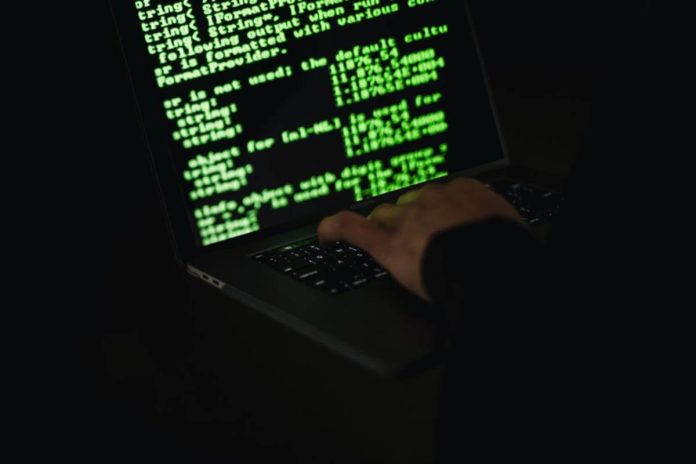Cybercrimes is a growing concern for individuals, businesses, and governments worldwide. As technology evolves, so do the methods used by cybercriminals. In today’s digital age, it is crucial that investigators can collect, preserve, and analyze digital evidence effectively and accurately. This blog post will explore some of the challenges and best practices in identifying and preserving digital evidence in cybercrime investigations.
Table of Contents
Understanding the Nature of Digital Evidence
Digital evidence refers to any information stored on electronic devices or transmitted over networks. This type of evidence is often more volatile, fragile, and easily manipulated than traditional physical evidence. Given the ephemeral nature of digital evidence, investigators must be diligent in their efforts to identify, collect, and analyze it.
Specialized Analysis
In some cases, specialized analysis may be required to deal with specific types of digital evidence. For instance, forensic audio analysis can help investigators in cases that involve telephone conversations, voice recordings, or audio content transmitted over digital channels. By employing specialized services when needed, investigators can have access to the right expertise, enhancing the overall effectiveness of cybercrime investigations.
Preserving Digital Evidence
Proper handling of digital evidence is another vital aspect of a successful investigation. Preserving the integrity of the data is essential to ensure that it remains admissible in court. Employing best practices in digital evidence preservation can mitigate the risk of data loss or tampering.
The Role of Artificial Intelligence
Artificial Intelligence (AI) and machine learning technologies are emerging as valuable tools in digital forensics. These technologies can help automate the process of evidence identification, analysis, and preservation, increasing the efficiency and effectiveness of cybercrime investigations. Researchers and investigators should continue to explore and develop AI-based solutions to keep pace with the ever-evolving digital landscape.
Challenges in Collecting Digital Evidence
- Technological Evolution: Rapid advancements in technology can hinder an investigator’s ability to keep up with the latest digital forensic tools and techniques, making it difficult to identify and collect digital evidence effectively.
- Data Privacy: Balancing the need to gather crucial information while respecting individuals’ right to privacy complicates the collection of digital evidence. Investigators must navigate legal and ethical concerns when accessing private data for investigative purposes.
- Encryption: Cybercriminals may use encryption techniques to conceal their activities, making it more difficult to analyze the data and establish evidence. Investigators must stay informed about the latest decryption methods to overcome these challenges.
Collaboration with Other Agencies
Given the global nature of cybercrime, collaboration between law enforcement agencies and other relevant organizations, both nationally and internationally, is crucial to effectively combat this threat. Sharing resources, information, and expertise can facilitate more efficient investigations, leading to the swift apprehension and prosecution of cybercriminals.
Best Practices for Collecting Digital Evidence
- Use the Right Tools: Staying up-to-date with the latest tools designed for digital forensics is essential for successful evidence collection. Keeping abreast of technological advancements can help ensure that investigators have the necessary expertise and equipment to uncover cybercrimes.
- Create an Incident Response Plan: Establishing a well-defined incident response plan can streamline the process of identifying and collecting digital evidence. A clear set of procedures can help minimize human error and ensure consistent and efficient collection methods.
- Training: Comprehensive training for investigators is crucial in maintaining skill levels and staying current with digital forensics trends and practices. A well-trained team can be more adept at identifying valuable evidence and mitigating damage during a cybercrime investigation.
Best Practices for Preserving Digital Evidence
Carefully documenting every step of the collection and handling process is essential for establishing a reliable chain of custody. Detailed records can prove useful in demonstrating the integrity of digital evidence to a court. Creating backups of digital evidence is also a crucial step in preserving data. Ensuring that copies are stored securely and separately from the original source can help prevent data loss and tampering. Consistent procedures and guidelines can contribute to a strong chain of custody. Relying on trusted processes when handling digital evidence can minimize the risk of mistakes and help maintain data integrity.
Challenges in Preserving Digital Evidence
- Data Volatility: Digital evidence can be easily altered or destroyed by improper handling, system crashes, or malicious intent on the part of cybercriminals. Ensuring that the data remains intact can be a challenging task.
- Chain of Custody: Maintaining a verifiable chain of custody for digital evidence is crucial to prove that it has remained in its original state. Varying levels of expertise among investigators and the potential for multiple contributors can complicate this process.
Adapting to the Future of Cybercrime
As cybercriminals become more sophisticated, investigators must adapt their techniques to keep up. This may involve embracing new methodologies, investing in state-of-the-art tools, and fostering a learning culture within investigative teams. By evolving alongside technology, digital forensics professionals can continue to protect and safeguard our digital world.
Collecting, preserving, and analyzing digital evidence in cybercrime investigations can be a complex and challenging process. However, through diligent training, staying current with technological advancements, employing consistent, trusted processes, and fostering collaboration, investigators can effectively navigate these challenges and work towards bringing cybercriminals to justice.

